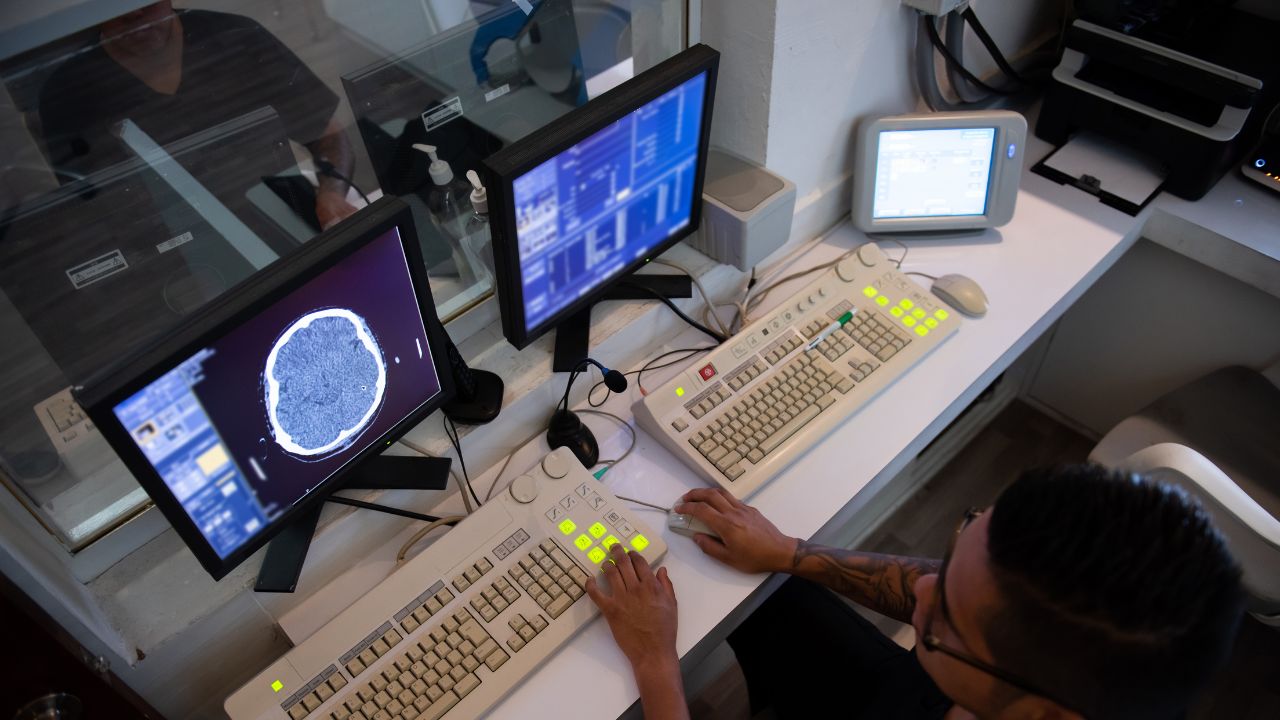In the modern business environment, where digital systems drive almost every operation, cybersecurity has become one of the most critical aspects of success and survival. Data breaches, ransomware attacks, and phishing scams continue to grow more sophisticated, targeting businesses of all sizes. While many organisations invest in firewalls, antivirus software, and network monitoring tools, they often overlook one essential element — effective IT support. For companies based in Victoria, partnering with IT Support Melbourne professionals can make a significant difference. A strong IT support system is not just about fixing computers or troubleshooting network issues; it plays a central role in strengthening an organisation’s overall cybersecurity posture.
Understanding the Connection Between IT Support and Cybersecurity
IT support teams are often the first line of defence against digital threats. They handle everything from configuring systems securely to monitoring for irregular activity that might indicate a breach. Their role extends beyond technical assistance — it involves ensuring that every device, user, and process within the company adheres to safe digital practices.
For instance, when employees face technical difficulties, they often turn to IT support. During these interactions, technicians can identify unusual activity, such as suspicious logins or malware-infected files. Timely detection at this stage can prevent what might otherwise become a full-blown cyber incident.
Moreover, IT support teams are responsible for implementing company-wide security policies, setting up access controls, and ensuring systems are regularly updated — all essential components of a solid cybersecurity strategy.
1. Regular System Updates and Patch Management
One of the most common causes of data breaches is outdated software. Cybercriminals actively exploit known vulnerabilities in operating systems and applications that haven’t been updated. IT support plays a crucial role in maintaining an organisation’s patch management process.
Support teams ensure that all devices, servers, and applications are running the latest security patches. They monitor updates released by software vendors and schedule timely installations to minimise downtime. Even a single unpatched system can expose an entire network to risk.
Automating updates and keeping an inventory of software assets is another responsibility managed by IT professionals, reducing the likelihood of oversight and improving the organisation’s security resilience.
2. Proactive Monitoring and Threat Detection
Cyberattacks rarely happen overnight. In most cases, attackers spend days or even weeks probing systems, collecting information, and identifying weak points before launching their assault. IT support teams that monitor networks and devices continuously are more likely to detect suspicious behaviour before damage occurs.
By using monitoring tools and intrusion detection systems, IT staff can track user activity, analyse network traffic, and flag any abnormal patterns. For example, an employee logging in from a different country or an unusual data transfer can trigger an alert.
Quick detection allows IT teams to isolate affected systems, investigate the cause, and prevent potential breaches — often saving the business from significant financial and reputational damage.
3. Managing User Access and Permissions
One of the most effective cybersecurity measures is controlling who can access what. IT support teams play a vital role in managing user permissions and ensuring the principle of least privilege — where employees have access only to the data and systems necessary for their work.
This helps minimise the risk of insider threats and limits the damage if an account is compromised. IT support also handles the onboarding and offboarding processes, ensuring new employees receive the correct access levels and that former employees are immediately removed from the system.
Multi-factor authentication (MFA) setup, password management, and secure login protocols are typically configured and maintained by IT professionals, adding additional layers of protection against unauthorised access.
4. Employee Education and Awareness
Even the most advanced security systems can be undermined by human error. A single click on a phishing email or a weak password can open the door to cybercriminals. IT support teams often lead cybersecurity awareness initiatives within organisations, helping employees understand how to identify and respond to threats.
Training sessions and regular updates from IT support can cover topics such as:
- Recognising phishing attempts
- Safely handling sensitive data
- Using strong, unique passwords
- Reporting suspicious emails or links
By cultivating a culture of awareness, IT support ensures that every employee becomes a part of the organisation’s defence strategy.
5. Data Backup and Disaster Recovery
No matter how strong a company’s defences are, breaches and system failures can still occur. IT support teams are responsible for establishing reliable data backup and recovery procedures that minimise downtime and data loss during an incident.
This includes setting up automated backups, storing data in secure cloud or offsite environments, and routinely testing recovery processes to ensure they work when needed. A well-planned disaster recovery strategy allows businesses to restore operations quickly after a ransomware attack, hardware failure, or accidental data deletion.
Having IT support teams manage these systems ensures that backups are consistent, secure, and easily retrievable — protecting the organisation from catastrophic data loss.
6. Implementing Endpoint and Network Security
With remote and hybrid work becoming the norm, endpoints such as laptops, smartphones, and personal devices have become common targets for cyberattacks. IT support teams are responsible for securing these endpoints using antivirus software, VPNs, and encryption protocols.
They also monitor network configurations to prevent unauthorised access, ensure firewalls are properly set up, and apply network segmentation to contain any breaches that might occur.
By managing both endpoint and network-level security, IT support acts as a shield that protects not just company data but also employee and customer information.
7. Compliance and Risk Management
Many industries are subject to strict data protection and privacy regulations, such as GDPR, HIPAA, or ISO 27001. IT support helps ensure compliance by maintaining proper security controls, encryption standards, and audit trails.
They assist in preparing documentation and reports for compliance audits, ensuring that systems align with regulatory requirements. This proactive approach not only reduces the risk of legal penalties but also enhances customer trust by demonstrating a commitment to data protection.
8. Incident Response and Recovery
When a security breach occurs, how a company responds can make the difference between a minor disruption and a major crisis. IT support teams are at the heart of incident response. They identify the nature of the attack, isolate affected systems, and coordinate the steps needed to recover safely.
Their technical knowledge ensures that investigations are carried out effectively — from analysing system logs to identifying vulnerabilities that were exploited. After recovery, IT support teams often lead post-incident reviews, helping the organisation strengthen its defences and prevent similar incidents in the future.
9. Continuous Improvement and Adaptation
Cyber threats are constantly evolving, and so must an organisation’s defences. IT support teams play an ongoing role in reviewing security policies, testing new tools, and keeping systems up to date with the latest advancements in cybersecurity.
Through collaboration with cybersecurity specialists, IT support ensures that security strategies remain relevant, adaptive, and capable of withstanding modern threats. This continuous improvement mindset keeps the organisation one step ahead of attackers.
Conclusion
IT support is far more than a helpdesk function — it’s a strategic partner in safeguarding a business’s digital assets. By managing updates, monitoring systems, educating employees, and leading incident response efforts, IT professionals strengthen the entire cybersecurity framework of an organisation.
As digital dependence continues to grow, so does the responsibility of IT support teams. Their work not only prevents data breaches and downtime but also builds a foundation of trust, resilience, and stability that every modern business needs to thrive securely.











